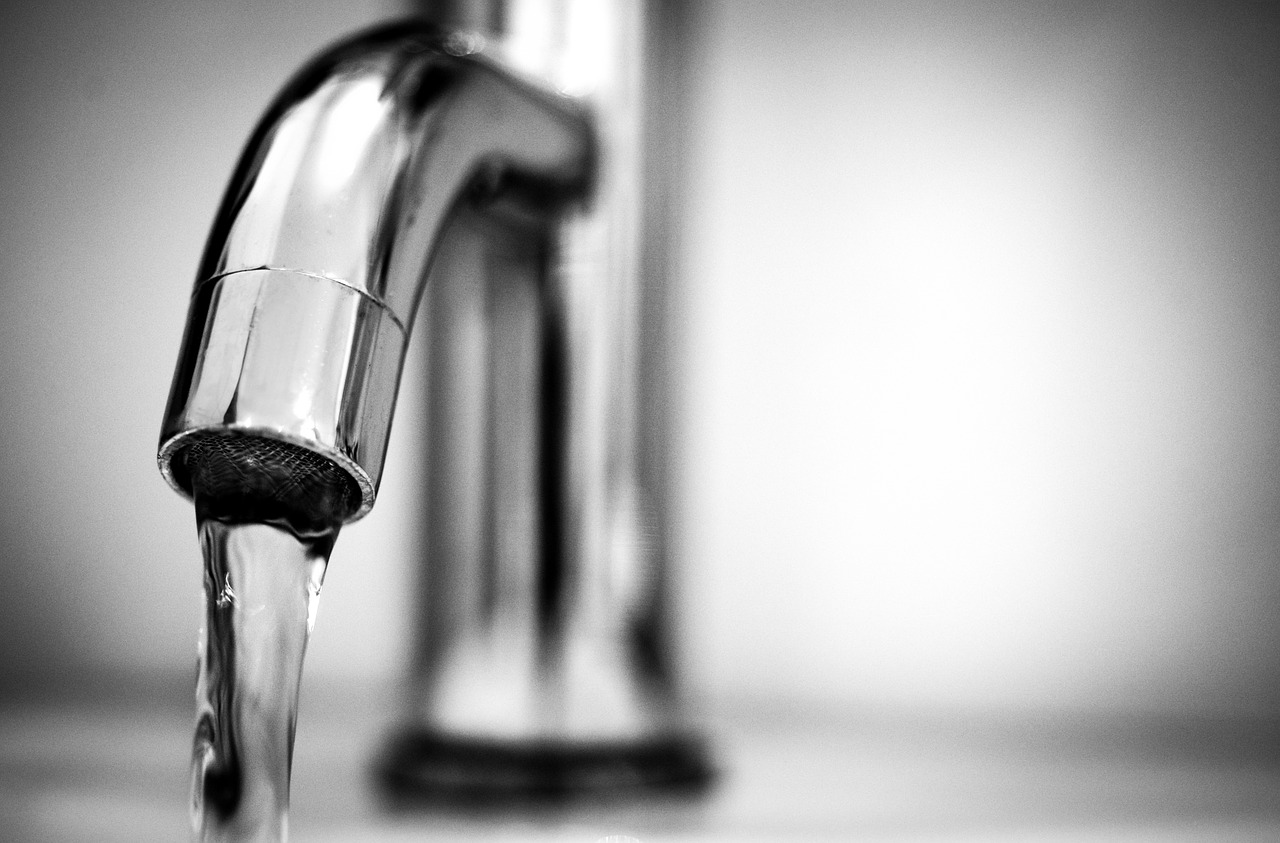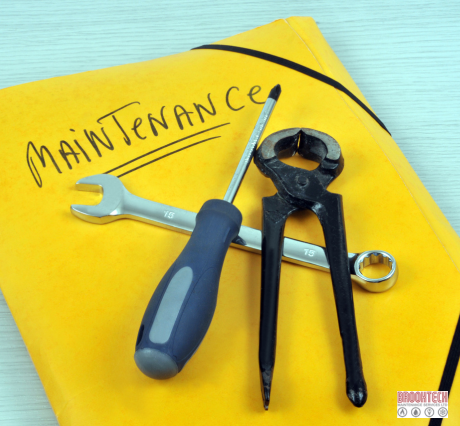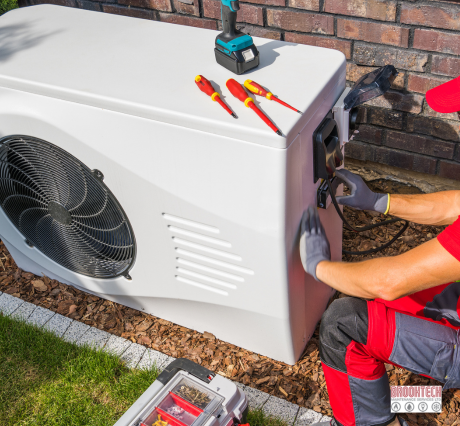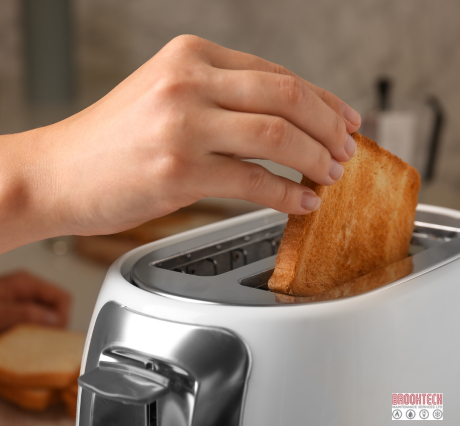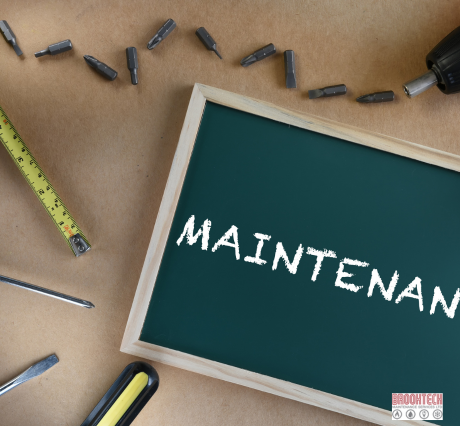How poorly specified and installed pipework increases legionella risk
Poorly specified and commissioned plumbing and heating systems, right down to the choice of pipework, can unwittingly create the perfect breeding conditions for legionella bacteria.
The legionella bacteria that causes Legionnaires’ disease thrives in warm water, typically at temperatures between 20 and 45 degrees Celsius. Often, when we think about the control of legionella the focus is, and rightly so, on the management of the plumbing and hot water system. Yet much can be done at the outset through implementing an effective structure and layout of the pipework in an installation.
Pipe layout and insulation
Avoiding heat transfer between hot and cold pipes and preventing heat gain in voids is a fundamental design principle to prevent the optimal environment for contamination.
Maintaining an adequate distance between pipes to prevent the hot from warming up the cold is ideal. If the building layout does not adequately allow for this, then insulation can minimise heat transfer between pipes that are close together. Cold pipes that may be subject to solar heat gain or from hot air rising from the floors below, for example in the roof space, should also be insulated to prevent warming.
Pipe sizing and quality
The size and capacity of pipework can also contribute to legionella growth. The installation of pipes that are oversized can decrease the flow rate of water and prevent the system from being flushed as effectively as it should. This can increase the buildup of limescale, providing legionella bacteria with vital nutrients on which to feed. This inadequate flushing will become particularly problematic in ‘dead leg’ portions of pipework.
The quality of pipework should also be a consideration. The Health and Safety Executive draws specific attention to avoiding certain materials such as natural rubber that can support bacteria and state that synthetic materials “should not adversely affect water quality by supporting microbial growth.” It is also the case that poorer grades of pipework result in greater levels of corrosion which in itself provides nutrients for bacteria.
Though potentially deadly, legionella bacteria are simple organisms. Take away the warmth and nutrients they need and they will not thrive. The complexity of plumbing and heating systems though can make this a less than a simple task.
If you have any concerns about your hot and cold water systems are operating or for further advice on how legionella can be prevented, detected and controlled, then Brooktech offers comprehensive plumbing and water treatment services in Stockport and Greater Manchester. Get in touch to find out more.

